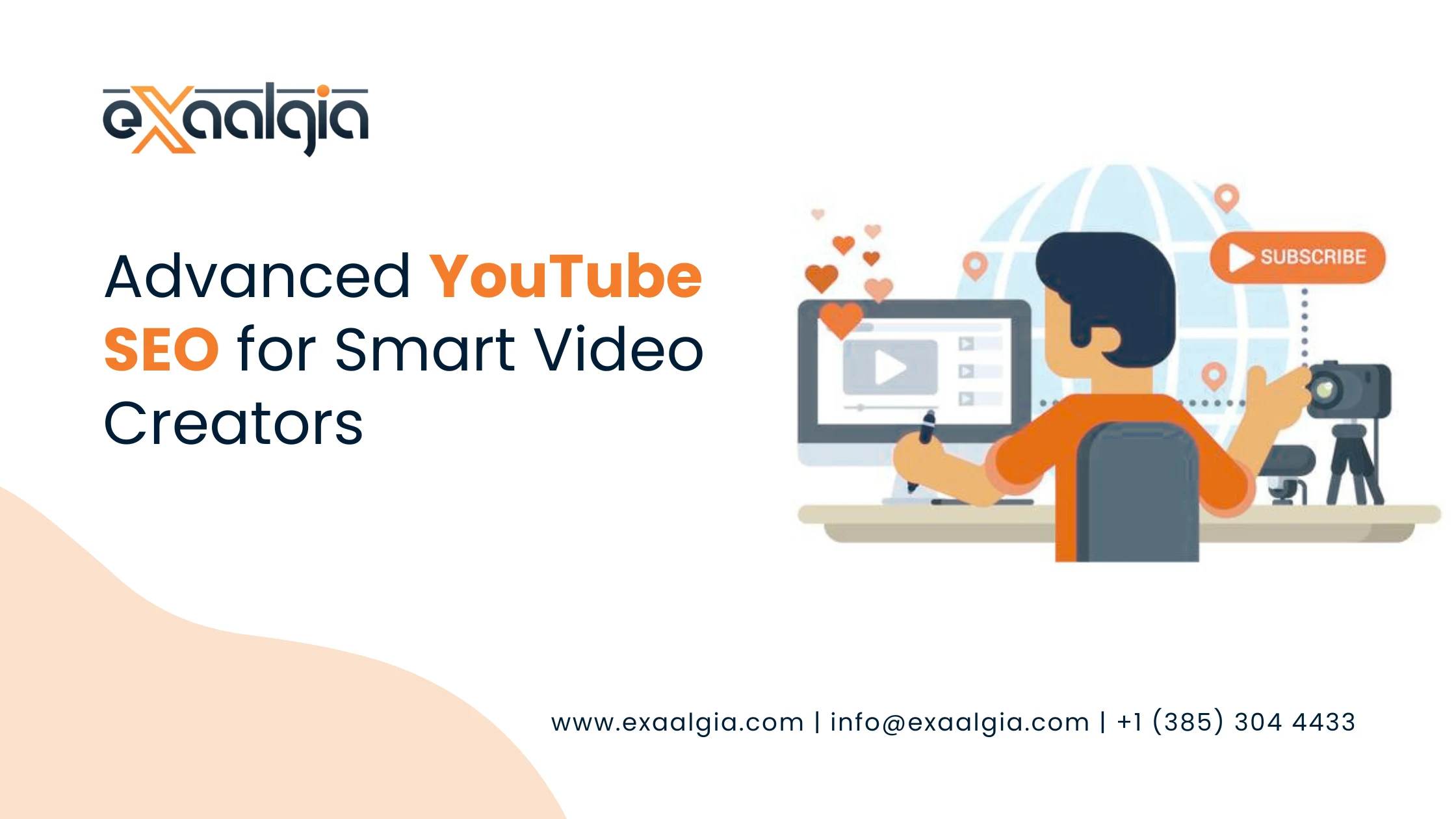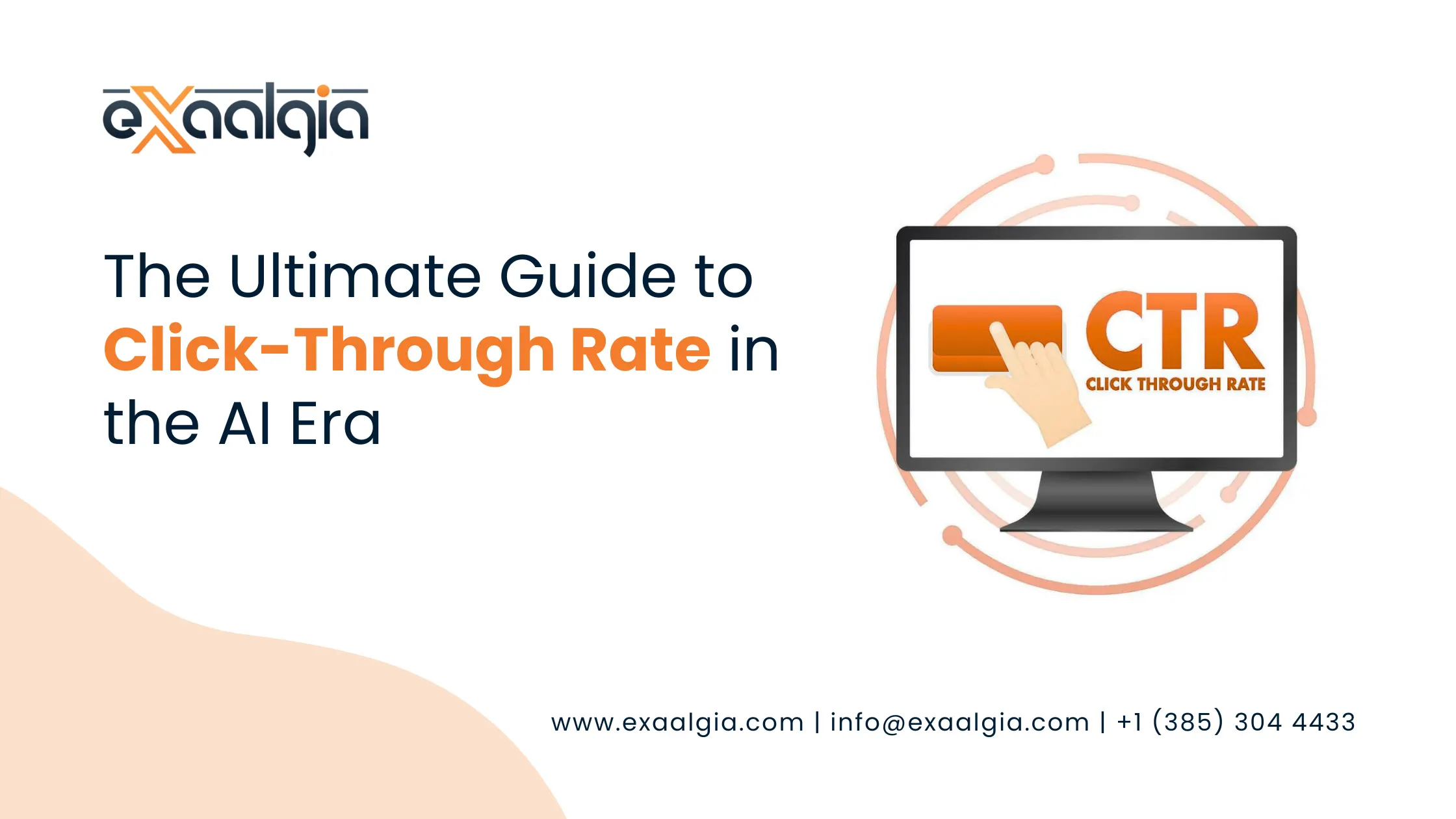In these times of the creator economy, just making great videos is not enough. The bitter truth is that the most beautiful, well edited videos can still lose the battle among the millions of daily uploads if they are not properly made for search. The difference between a poor channel and a successful media business is not by mere chance, it’s all about YouTube SEO.
This is not an amateur checklist, but a detailed guide for serious creators, entrepreneurs, and marketers who are willing to consider YouTube the huge search engine it is. We will explain the main ranking mechanics, disclose advanced keyword strategies, and give a professional framework to make your video production a predictable discovery engine.
Gaining a clear view of the YouTube SEO Ecosystem
The primary mistake that many companies commit is to regard YouTube as a social media outlet. Even though it provides a platform for interaction, YouTube is mainly a search and discovery platform that wants to keep users on the site for as long as possible.
Moreover, Google web SEO mainly considers page ranking and link popularity. On the other hand, YouTube’s algorithm focuses on the viewer’s happiness rather than on how popular the content is in terms of engagement. If a user is satisfied, he/she stays longer on YouTube which gives the platform the chance to show more ads. Hence, it is your responsibility to make the algorithm look great.
The Two Pillars of YouTube Success
If you want to rule video search, you need to perform exceptionally well in the following two categories:
Discovery (The Click): Convincing both the user and the algorithm that your video is the most relevant answer to a query is the main goal here. The primary metrics to track are Impressions and click through rate (CTR).
Retention (The Watch): This indicates the level of satisfaction and trust in your video. You have to keep the user’s attention once they click. The main metrics here are audience retention and watch time.
| Ranking Factor | Primary Goal | Strategic Focus |
| Audience Retention/Watch Time | Keep viewers on your video for as long as possible. | High-quality content, pacing, and chaptering. (Most Critical Factor) |
| Click-Through Rate (CTR) | Get the user to click your video when it’s presented. | Titles, thumbnails, and strong keyword relevance. |
| Session Time | Keep the user on YouTube after they finish your video. | Playlists, end screens, and strong calls-to-action. |
| Engagement | Signal virality and community interest. | Likes, comments, shares, and subscriber growth. |
Phase 1: Pre-Production & Keyword Mastery
A successful YouTube video work starts even before the recording process. The very first step is to know the best keywords through strategic research that helps to connect the content idea with real audience demand.
The Intent-Driven Keyword Research Strategy
In case your video is not relevant to the user’s search intent, then no amount of optimization will be able to save it. You have to be able to speak in the words your audience understands when they are looking for the solutions.
Step 1: Uncover the “Seed” Keywords
Take the YouTube search bar as your starting point. While you are entering a seed keyword (for instance, “video editing”), watch the phrases that are auto suggested (like “video editing for beginners,” “video editing on phone”). These are the searches that users have already confirmed. In addition, use external SEO tools to assess the search volume and the difficulty of competition.
Step 2: Analyze Search Intent
Group the search phrase into categories that will help to define the content type needed:
Informational/Tutorial: “How to make a great thumbnail” $\rightarrow$ A step by step instructional video is needed.
Commercial Investigation: “Best microphone for podcasters 2025” $\rightarrow$ A detailed comparison or review is required.
Navigational/Inspirational: “Top 10 travel destinations” $\rightarrow$ A compilation or very visual, emotive content is needed.
The Golden Rule: The video must meet the exact expectation set by the keyword. Even though you are ranking for “How to tie a tie,” if your video is only a 5 minute sales pitch, the viewers will come and go immediately, which will adversely affect your retention rate.
Unique Tip: The Google YouTube Synergy
A very professional and powerful strategy is to look for the keywords where Google intentionally shows video results the most. Those terms are usually the most valuable ones bringing the most traffic, and Google is convinced that they are the best ones to be shown visually.
How to find them: Type your main keyword into the Google search bar. If the “Videos” carousel is prominent on the first page or if a video snippet appears directly in the top position, then you have discovered a synergistic keyword. By optimizing your video for this term, you could potentially get traffic from both YouTube and Google search, thus, a considerable multiplier effect.
Script Integration: The Spoken Keyword
YouTube offers every video a transcript that the algorithm utilizes for context. To be very sure, you should naturally include your primary target keyword within the first 30 seconds of your video. This is a quiet but very important SEO signal that the algorithm sees as confirming your title and description.
Phase 2: On-Page Video Optimization
After securing the video, the next step is to optimize the elements that the algorithm actively examines to classify and give your content a ranking. These are your video’s search credentials.
1. The Irresistible Title
The title together with the thumbnail is responsible for producing the click through rate. Your title has to be very compelling from both an SEO point of view and an emotional one.
Keyword Placement: The primary keyword should always be placed at the beginning of the title as close as it is possible.
Power Words and Curiosity: Use power words (e.g., Ultimate, Complete, Proven, Master) and set up a curiosity gap that draws the click (e.g., “…and the one mistake everyone makes.”) to pump up the title.
Length: Limit it to 60 characters. Most search results and mobile devices will cut off titles that are longer than this, possibly obscuring your most compelling information.
2. The Power Description
The description is an opportunity for you to offer the algorithm a thorough, text based overview of your video. Professional descriptions must be ample and organized in a way that is easy to follow.
Professional Description Structure:
The First 2-3 Lines (The “Above the Fold” Hook): This visible text must contain your main keyword as well as a very brief and persuasive summary/CTA. This is what a user reads first before he/she clicks “show more.”
Timestamps/Video Chapters (Crucial for SEO): By providing timestamps, you are dividing your video into structured parts which not only have a major SEO boost but also make it easy for the viewers (and Google) to get to the content they want, thus improving the user experience and indicating high quality.
Example: 0:00 Introduction, 1:45 The Keyword Strategy, 5:10 Title Optimization Secrets
Detailed Summary: Create a concise yet informative 250-500 word summary, incorporating the primary keyword 2-4 times and secondary keywords that are relevant. Primarily target the human reader, but at the same time keep the keywords in mind.
Call to action (CTA): Provide links to your social media, website, or other related content.
3. Tags: The Contextual Cues
Tags are not as important as titles or descriptions, but they still have a role, to assist YouTube to determine the content of your video in comparison to misspellings, related topics, and competitor channels.
Best Practice: Use a combination of:
- Broad Tags: (e.g., “SEO,” “Video Marketing”)
- Specific Tags: (e.g., “YouTube SEO for Beginners,” “Video Ranking Guide 2025”)
- Channel/Branding Tags: (e.g., “Your Brand Name,” “Your Name”)
4. The Magnetic Thumbnail
The thumbnail image is, without doubt, the most crucial element of the discovery stage, contributing a whopping $\approx$ 90% to your CTR.
The Pro Standard:
High Contrast: Go for bright, contrasting colors so that you can easily be seen against the white or dark background of YouTube.
Expressive Faces: Should there be a person in the video, then the thumbnail presenting an expressive face is to be used for giving emotion and authority.
Minimal, Readable Text: Only 3-5 words of big bold letters should be used at the maximum. The text must support the title and not repeat it.
Phase 3: Post-Upload and Performance Optimization
Your SEO guarantee is not over the moment you click “Publish.” The hours and days right after are critical for sending strong ranking signals for the long term.
1. The Engagement Loop
The algorithm will watch closely the amount of buzz that your video creates right from the start.
Praise and Pin: Right after uploading the video, leave the first comment and ask a question which needs deep thinking related to the content. This will lead to the discussion and then pin that comment.
Response strategy: For the first 24 hours, allocate time to respond to as many viewer comments as you can. Each response counts towards the comment count which is a very effective engagement signal.
2. The Playlist Power Play
This technique is considered advanced and is for maximizing Session Time, which is the ultimate goal of YouTube.
Strategy: Directly after the video is posted, the creation of a keyword stuffed, topically relevant playlist is done.
Why it Works: The user who has finished your video is taken next to the one from your channel through the playlist. The session time for the user is significantly increased, and YouTube is informed that your content is so good that it deserves to be watched in a row.
3. End Screens and Cards
Incorporate these platform tools as elements of your strategy rather than simply as afterthoughts and as navigational elements.
End Screens: Make use of the last 5-20 seconds of your video to present an end screen that directs viewers to a related playlist, alternatively, to display your next most relevant video.
Cards: Place ‘Cards’ at strategic points throughout the video that provide links to other videos, which go with the main content, and invite the viewer to pause and delve deeper into your content.
4. Analyze and Iterate: The Feedback Loop
A professional creator keeps a constant watch over performance and changes the strategy accordingly. The most useful reports are those available from YouTube analytics:
Reach Tab: Find the best sources of your traffic (Search, Suggested, External). In case your search traffic is weak, you should reconsider your title and description keywords. If CTR is low, you should retouch your title and thumbnail.
Audience Retention Graph: This is the final verdict. Pinpoint the very seconds when the audience left. Is it a long intro? Or possibly an uninteresting part? Use such information to your next video’s script and pacing.
Your Commitment to Consistent Excellence
YouTube SEO is the passage that connects a content creator and a media brand. This skill lies in the discipline of three stages: The strategic Pre-Production to make sure there is enough demand, the meticulous on-page optimization to show that the content is relevant, and the continuous post upload analysis to ensure that the audience is happy and coming back for more.
It’s the creators who really understand the search engine that win, and as a result, their videos get more exposure. Try this professional approach and your discovery potential will surely increase by a great deal.
Now, it is time for you to act. Pick out the video content that has performed the worst but has a high potential in terms of searches and do an immediate audit of its title, description, and thumbnail using this playbook. You will then have the best teacher in the form of the results.







